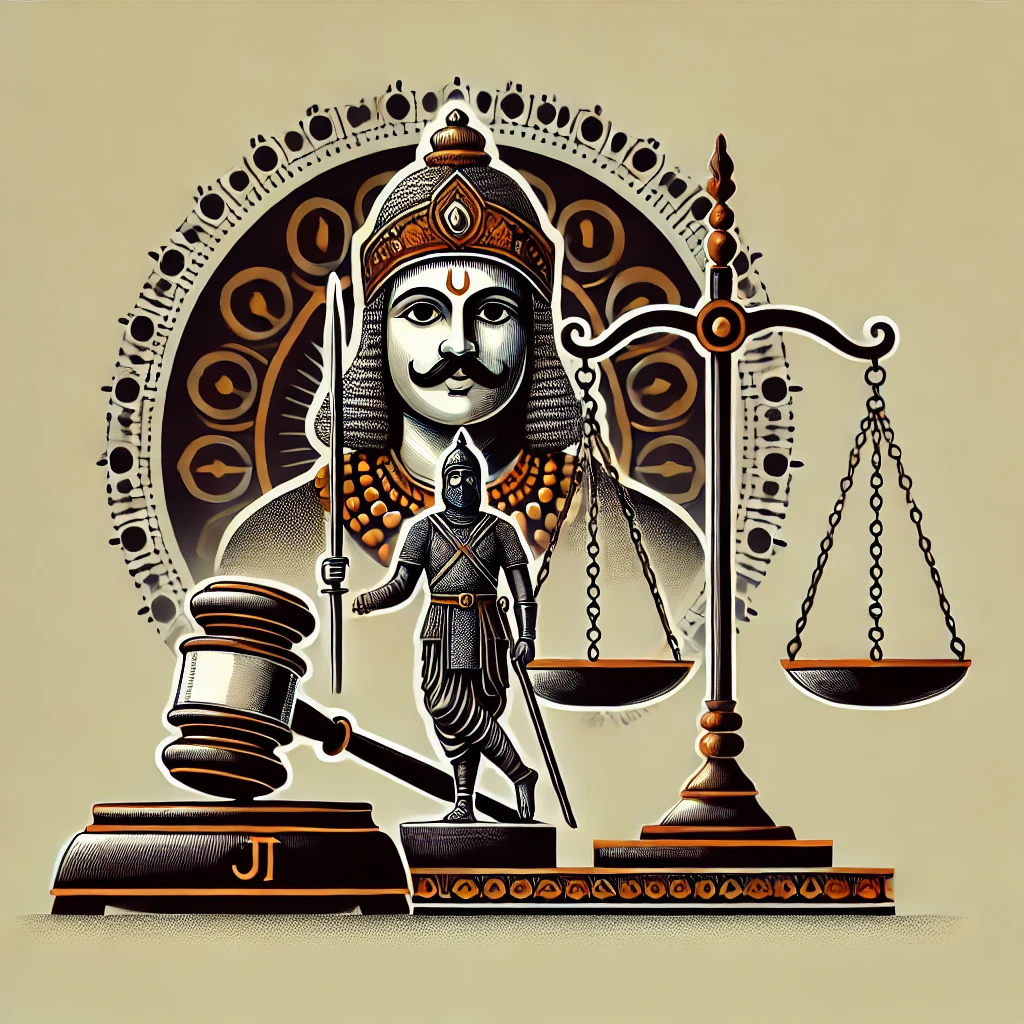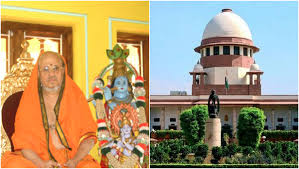Sharad Birdhi Chand Sarda vs State of Maharastra
- ByPravleen Kaur --
- 01 May 2025 --
- 0 Comments
I. Introduction
This case revolves around the alleged murder of Manju by poisoning, for which her husband (the appellant) and two others were initially charged. The appellant was convicted by the trial court and sentenced to death, while the other two accused were acquitted by the High Court. The appellant challenged his conviction and sentence in the Supreme Court.
II. Principles of Circumstantial Evidence
The Supreme Court reiterated the well-established principles governing cases based on circumstantial evidence, as laid down in the landmark case of Hanumant v. The State of M.P.
1. The circumstances should be fully established: The circumstances from which the conclusion of guilt is to be drawn should be fully established by the prosecution. [Paragraph 1]
2. The facts should be conclusive: The facts so established should be consistent only with the hypothesis of guilt and should exclude every other reasonable hypothesis except that of guilt. [Paragraph 2]
3. The circumstances should be conclusive: The circumstances should be conclusive and lead to only one irresistible inference of guilt. [Paragraph 3]
4. Exclude all other hypotheses: The chain of evidence must be so complete as to exclude all other reasonable hypotheses except that of guilt. [Paragraph 4]
5. No reasonable doubt: The chain of evidence must be complete, with no reasonable doubt of the accused's guilt. This is the "panchsheel" (five principles) of proof in cases based on circumstantial evidence. [Paragraph 5]
III. Benefit of Doubt
The Court emphasized that when two views are possible, one leading to the guilt of the accused and the other to his innocence, the benefit of doubt should go to the accused, entitling him to acquittal. [Paragraph 3]
IV. Evaluation of Evidence
Prosecution's Case
The Court examined the prosecution's case and found that it failed to establish several crucial links in the chain of circumstantial evidence:
1. Cause of Death: The possibility of cyanide in water or glass, or mechanical suffocation as the cause of death, was not conclusively proven by the doctor's opinion, as per the High Court's findings. [Paragraph 2]
2. Possession of Poison: The prosecution miserably failed to prove that the appellant was in possession of the poison, either by direct or circumstantial evidence. [Paragraph 6(iii)]
3. Opportunity to Administer Poison: The circumstances surrounding the administration of poison were not conclusive, and certain factors were not considered during the trial. [Paragraph 5]
Deceased's Suicidal Tendencies
The Court found that the letters written by the deceased, Manju, pointed to a clear possibility and tendency for her to commit suicide due to desperation and frustration arising from her marital life. [Paragraph 6]
1. Marital Problems: The letters revealed Manju's loneliness, desolation, and feeling of being treated as a mere chattel in her marital home. [Paragraph 6]
2. Psychological Analysis: The Court referred to the analysis of suicide by Robert J. Kastenbaum, which supported the conclusion that Manju, being a sensitive and sentimental woman with a constant conflict between her mind and body, may have committed suicide due to the circumstances that came into existence. [Paragraph 6]
3. Scholarly Support: The Court cited the work of K. Hinchliffe, Douglas Hooper, and F. John Roberts in "The Melancholy Marriage," which found that marital problems contribute to attempted suicides and that ruptured personal relationships play a major part in the clinical picture of suicide cases. [Paragraph 6]
Witnesses' Reliability
The Court also questioned the reliability of the witnesses' evidence, citing several inconsistencies and contradictions with the content of Manju's letters. [Paragraph 6]
V. Conclusion
Based on the evaluation of the evidence, the Court concluded that the prosecution had failed to fulfill the essential requirements of a criminal case resting purely on circumstantial evidence. [Paragraph 6(i)]
The Court held that the High Court had erred in relying on decisions that were either inapplicable or did not support its view, and had committed a fundamental error of law by attempting to reinforce the prosecution's case with a false defense or plea to supply the lacuna. [Paragraph 6(iv), (vi)]
Ultimately, the Court found that two views were possible in the present case, and the question of a false defense did not arise. [Paragraph 6(x)]
Considering the benefit of doubt, the Court acquitted the appellant, overturning his conviction and death sentence. [Paragraph 3]






























0 comments